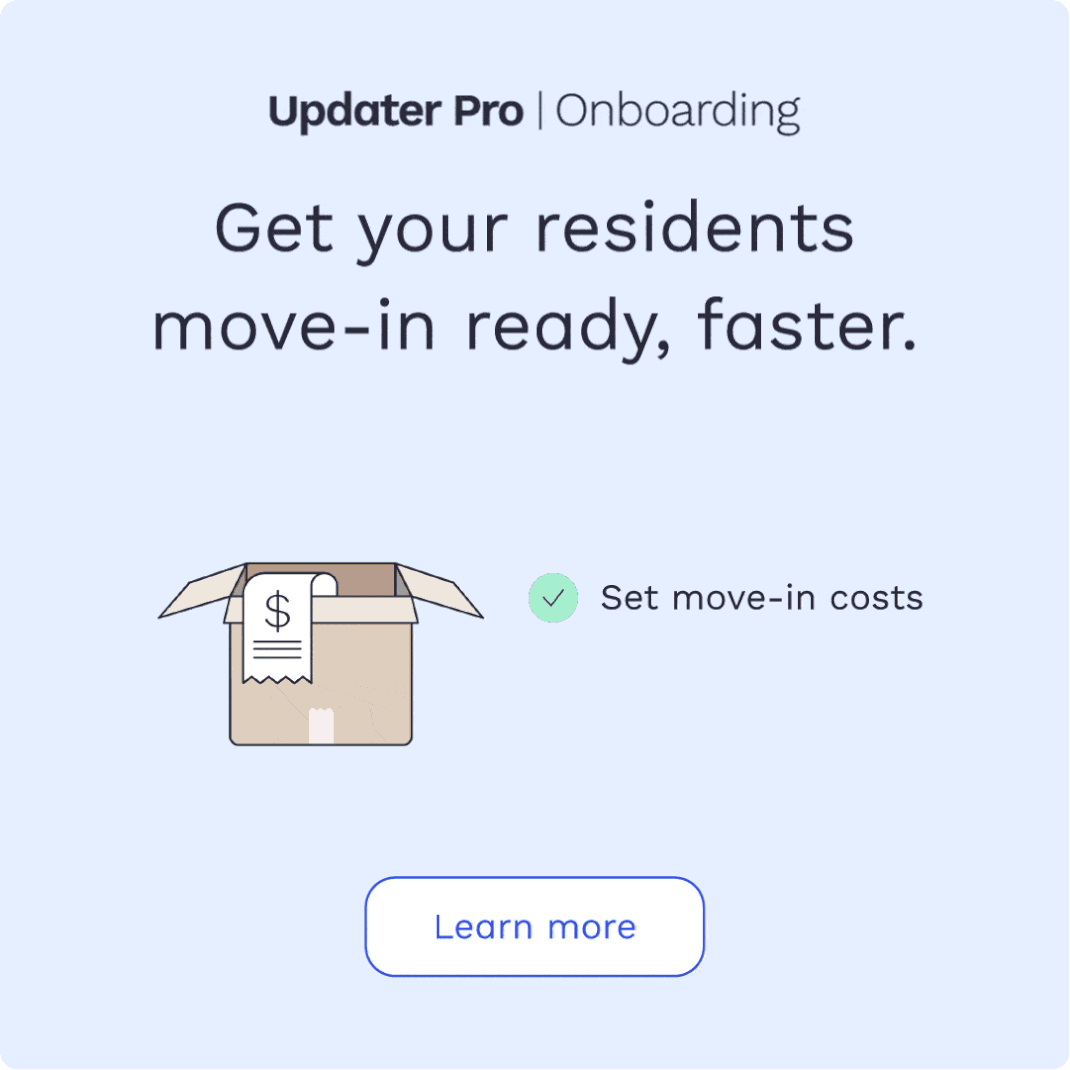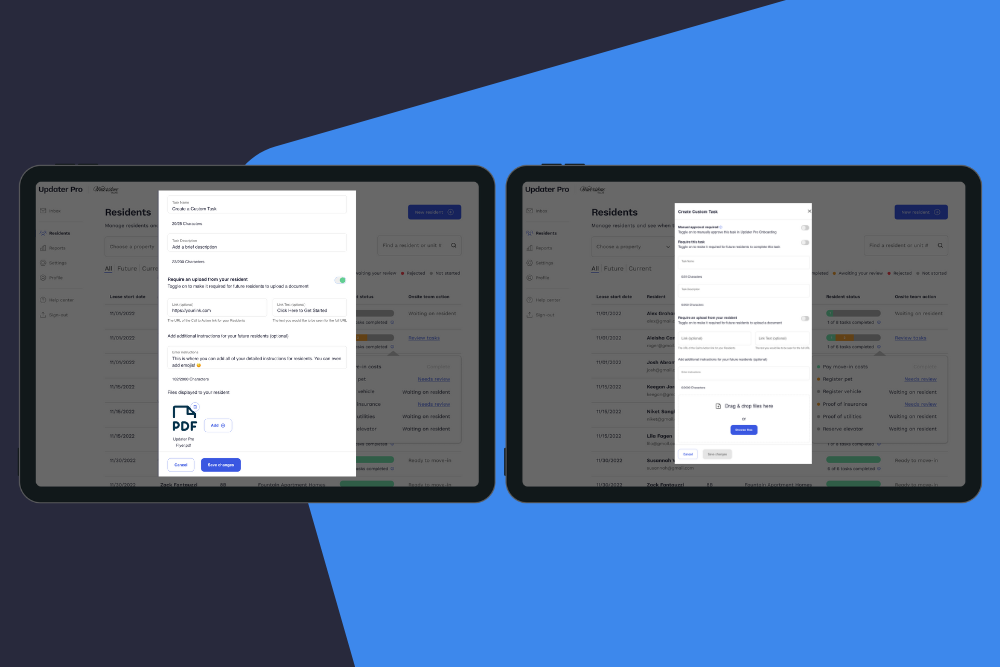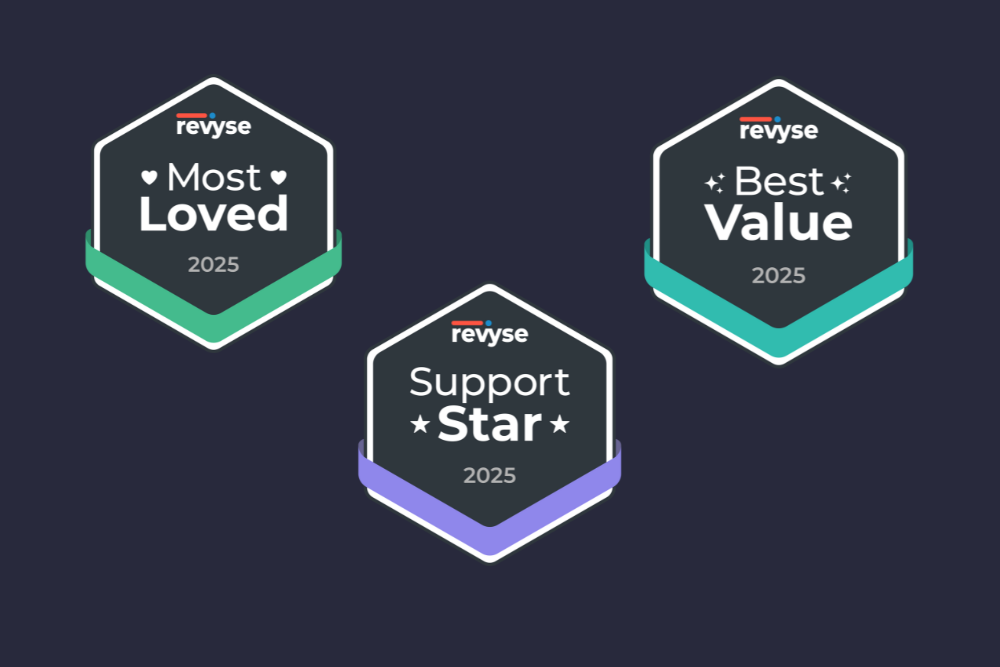Why Virtual Home Staging Is the Answer You’re Looking For
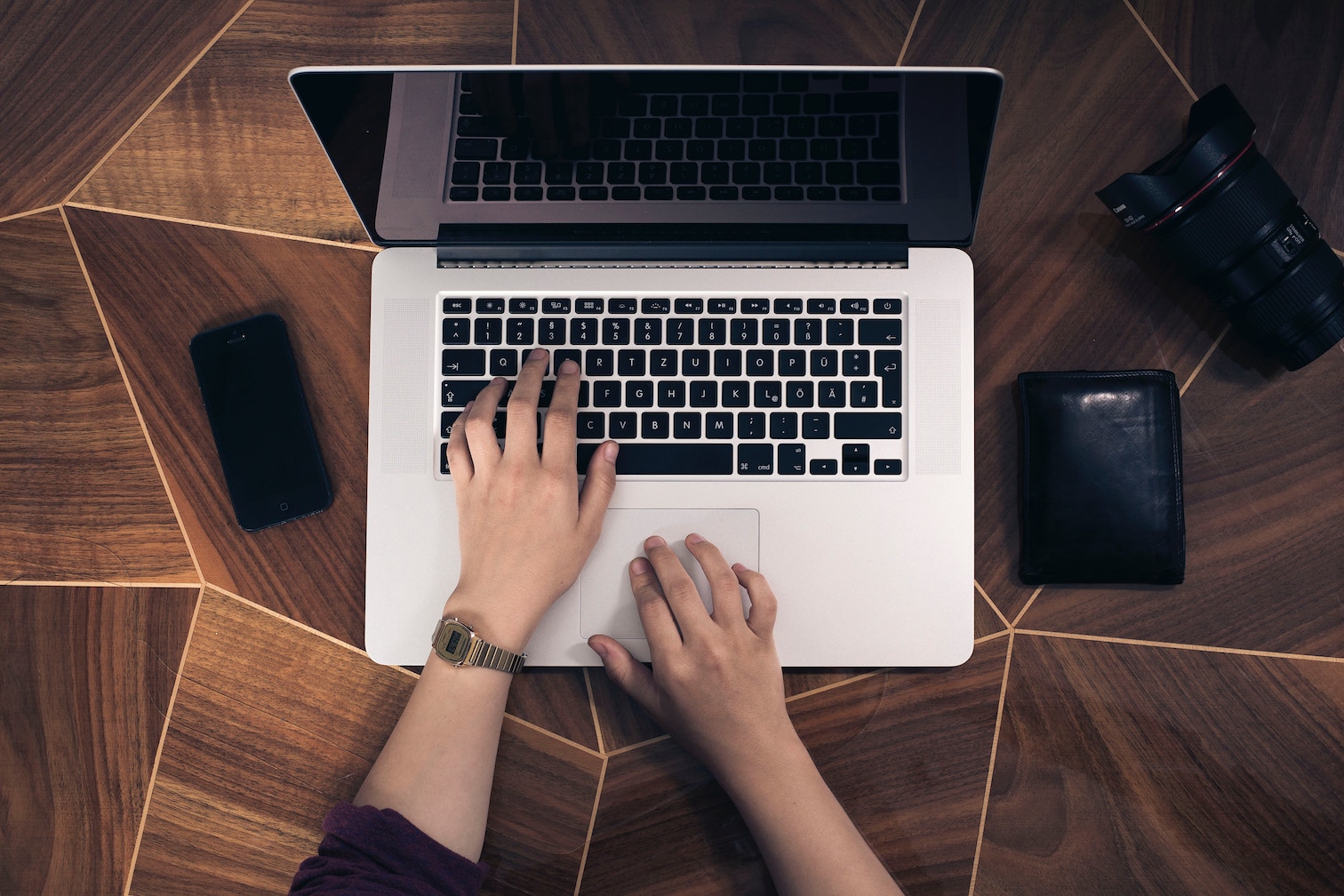
In real estate, it’s no secret that home staging directly impacts sales. Virtual home staging is no different. In today’s technological age, real estate agents can easily, inexpensively, and quickly turn an empty home into something extremely attractive to potential buyers. Especially in a world where 90% of buyers start their home search online, virtual home staging has huge potential to help agents sell vacant homes.
What is virtual home staging?
When faced with a vacant home, virtual staging allows agents to add furniture, rugs, and even paint to photos of a home. Agents can then post the photos online with a home’s listing. The goal of virtual home staging is to help potential buyers visualize the potential of a room and make the home look more appealing. Ultimately, you want a person to be able to envision themselves living there. First impressions are important, so presenting a beautifully designed image of a home with the listing is a great way to catch the interest of potential buyers.
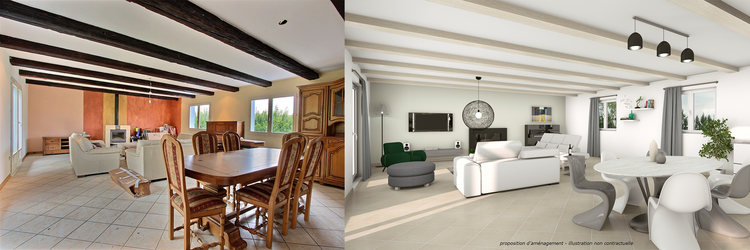
Why should you be virtually home staging?
If you’ve ever staged a home, you know the process can be time-consuming and expensive. Often, though, the cost more than pays off when you make that big sale. When buyers walk into a home, staging gives the buyer a concrete picture of the home’s potential, which often leads to the buyer making an offer. So why choose virtual home staging instead?
As mentioned above, 90% of buyers start their searches online. Often, it’s only after seeing photos online that a potential buyer calls an agent to set up an in-person visit. In fact, 85% of buyers say that photos are the most important factor when viewing a home online.
For agents who are facing a time or money constraint, virtual staging provides the opportunity to have appealing photos online without the hassle of physically staging a home. Potential buyers will then keep those images in mind as they tour the home in person, visualizing furniture as they walk through the property.
As a result, virtually staging a home brings the same benefits that physical staging does, but at a fraction of the cost. The price tag for staging a home with rental furniture can start at $2,500, while you can get digitally staged photo of a room for $75 or less. Plus, if you purchase a do-it-yourself software, the cost per photo will only go down the more rooms you virtually stage. Overall, virtual home staging is a cost-effective option to help sell homes.
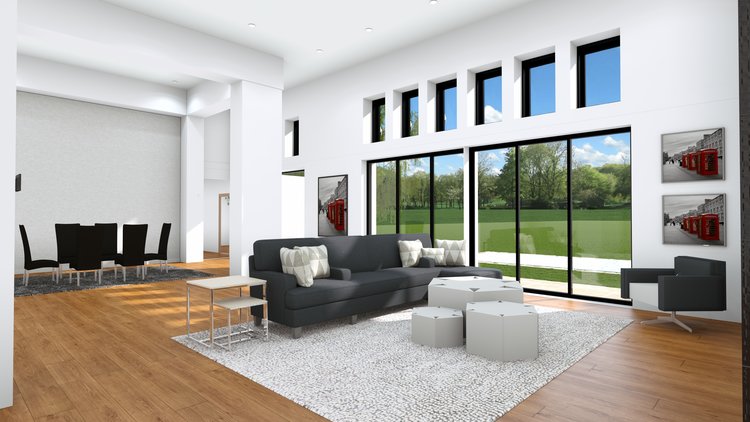
How to virtually stage a home
The process of virtually staging a home is faster and easier than physically staging a home. To virtually stage a room, agents can choose from a wide variety of agencies or do-it-yourself software. In most cases, the agent chooses furniture, rugs, and paint colors from a digital library that includes hundreds of options. Then the software or agency arranges it, scales the furniture for the room, and makes it look realistic and homey to potential buyers.
Hiring an agency to virtually stage a room
If you’re nervous about the prospect of virtually staging a home for the first time, there are dozens of professional agencies that will do it for you.
Agencies typically charge $40-$70 per photo and many can turnaround a project in less than 48 hours. You can look through their online portfolios to make sure the company will adequately reflect the taste preferences of your target demographic. Make sure to compare several different agencies to ensure you’re getting high-quality photos and a good deal.
This is a good option if you’re tight on time and only want a couple of photos for a specific property. However, if you want to make virtual staging part of your skill set, you should consider purchasing a do-it-yourself software.
Do-it-yourself software
If you’re willing to take the time to do-it-yourself, you could save a lot of money on virtual staging. As mentioned earlier, the price per photo decreases the more you leverage the software, and DIY-ing it gives you more control over how the room looks. Below are a few DIY software to get you started!
Visual Stager
Visual Stager is a website that allows agents to upload photos of their property, browse through a library of over 4,000 pieces of furniture, and then stage the room using Visual Stager’s simple and intuitive software. Agents can upload the new photos to their own listings or create what Virtual Stager calls a Flare. A Flare is a Single Property Website that allows prospective homebuyers to rearrange and change staged furniture so the prospective buyer can imagine the rooms the way they would decorate them.
Agents pay as low as $7 per photo and can purchase individual photos or a bulk plan. For brokerages wanting to provide Visual Stager to many agents, Visual Stager also has the option of a subscription plan.
Punch! Interior Design
Before
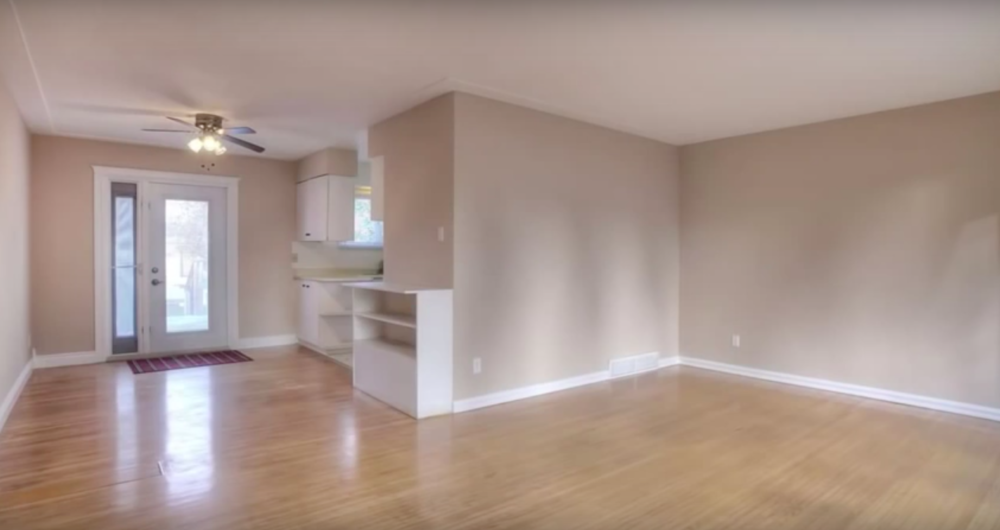
After
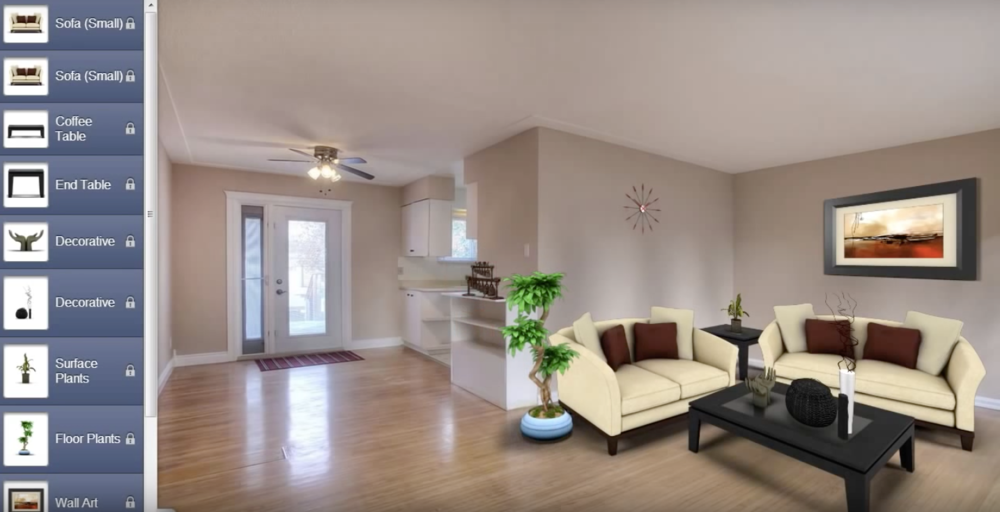
When you use Punch! Interior Design software, you don’t even need an actual photo to virtually stage a room. As long as you have the dimensions and layout of the room you want to stage, you can use this software. Start one of the software’s home or room layouts (which are fully customizable) and then select from their extensive furniture and accessory library.
This downloadable program is a great choice for virtual staging novices. It’s also great for those who are in a bit of a rush. The program comes loaded with pre-made interior design layouts. At only $40, this program is also great since it doesn’t require a subscription fee. Just make sure to remind prospective buyers online that the image they’re seeing is a digitized layout, not the actual home!
Cedar Architect
Cedar Architect is an excellent option for DIY virtual home staging. Agents can stage both the interior and exterior of homes, all in 3D. Cedar Architect’s virtual staging is highly realistic compared with similar options, which means it’s a little pricier at $99 per month. However, furniture, floor plans, and rooms are all highly customizable and users can make edits on the fly.
For example, you can show an image to a prospective buyer while touring a home, and if they want to see how the couch would look in a different spot, you could move it right then and there on an iPad. There’s also a free trial if you want to try out the program before purchasing.
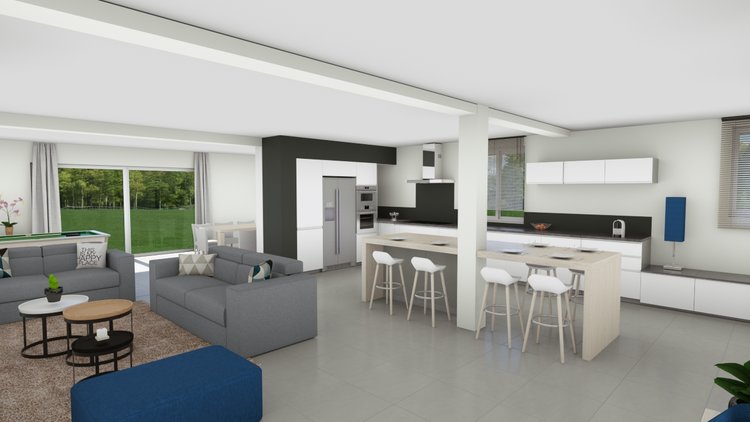
All three options are excellent choices depending on your needs, budget, and goals for virtual staging. Whichever direction you decide to go, you won’t regret investing in virtual staging.
Virtual staging mistakes to avoid
As wonderful as virtual staging is, it’s easy to make mistakes in the process. But never fear, we’re here to help. Rock the virtual staging game by avoiding these mistakes!
Using staged photos that are obviously fake
The most important feature of a virtually staged room is how lifelike it looks. A virtually staged room with low-quality graphics will, most likely, drive buyers away. A bad photo may lead them to think you’re unprofessional or that the listing is fake. Ultimately, it’s worse to do virtual staging poorly than not at all. As a result, it will be worth the time and money to invest in high-quality virtual staging. You’ll more than make up for it with shorter listing times and increased sales!
Not tailoring the staging to a specific buyer audience
When you virtually stage a home, you have far more options for furniture than you would otherwise. You should take advantage of this by tailoring your virtual staging to a specific buyer audience or demographic. Trying to sell a townhome in Washington, D.C.? Go with a modern couch and sleek lighting fixtures to appeal to millennials. Be thoughtful about your selections, make sure that your audience is at the forefront of your mind, and you’re sure to be successful.
Misrepresenting the home’s condition
Virtual staging can be helpful for selling an empty home, but agents must not cross the line into misrepresenting a home’s condition with virtual staging. Many software have features that allow users to redo paint, doors, light fixtures, and other architectural features. While this can be helpful when showing potential buyers how they could renovate, agents must be careful not to purposely mislead potential buyers to think a home is in far better condition than it is. This could lead to wasted time for both the agent and potential buyer when it comes time for an in-person tour of the home.
Using only staged photos in the online listing
Agents can avoid misrepresenting a home’s condition by including both empty and staged photos on a property listing. Agents should also consider leaving a disclaimer that the photos with furniture are virtually staged to best avoid miscommunication. Prospective buyers can imagine themselves in the staged home while also knowing what to truly expect when they visit the home for the first time.
Virtual staging is a powerful tool for overcoming the obstacles of selling an empty home. Using an agency or a DIY software can save time and money when compared with physically staging homes. And as long as agents avoid virtual home staging mistakes, virtually staged photos can have a big impact on sales.
Have you ever virtually staged a home? Do you have any tips for those new to the process? Comment below!

